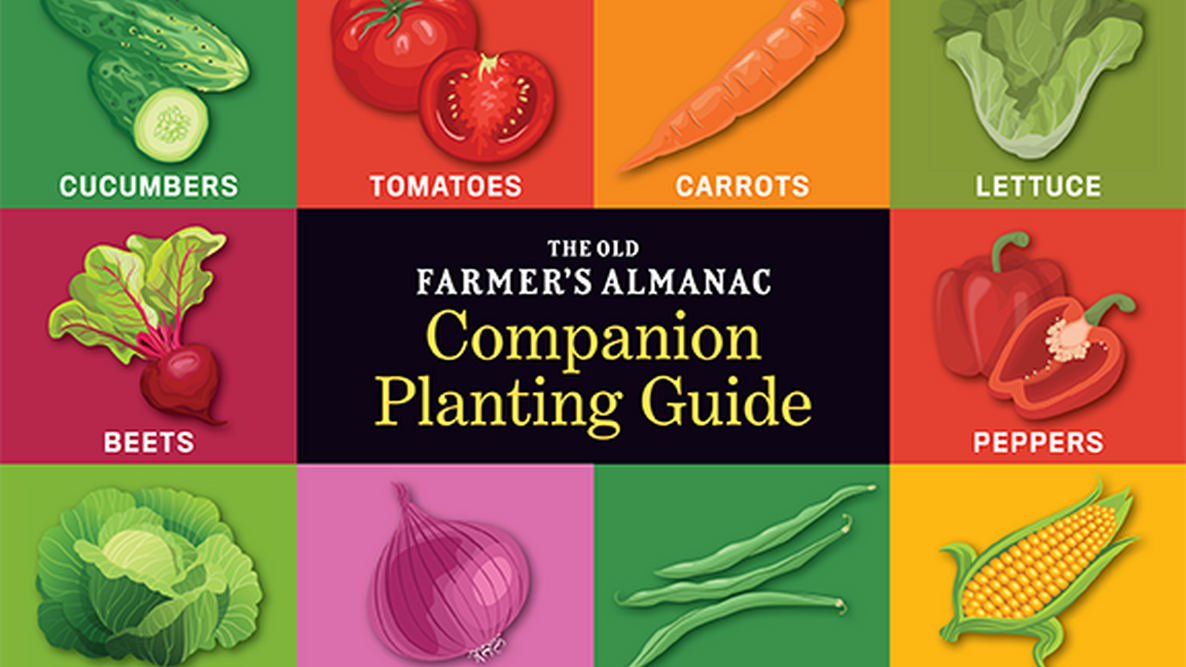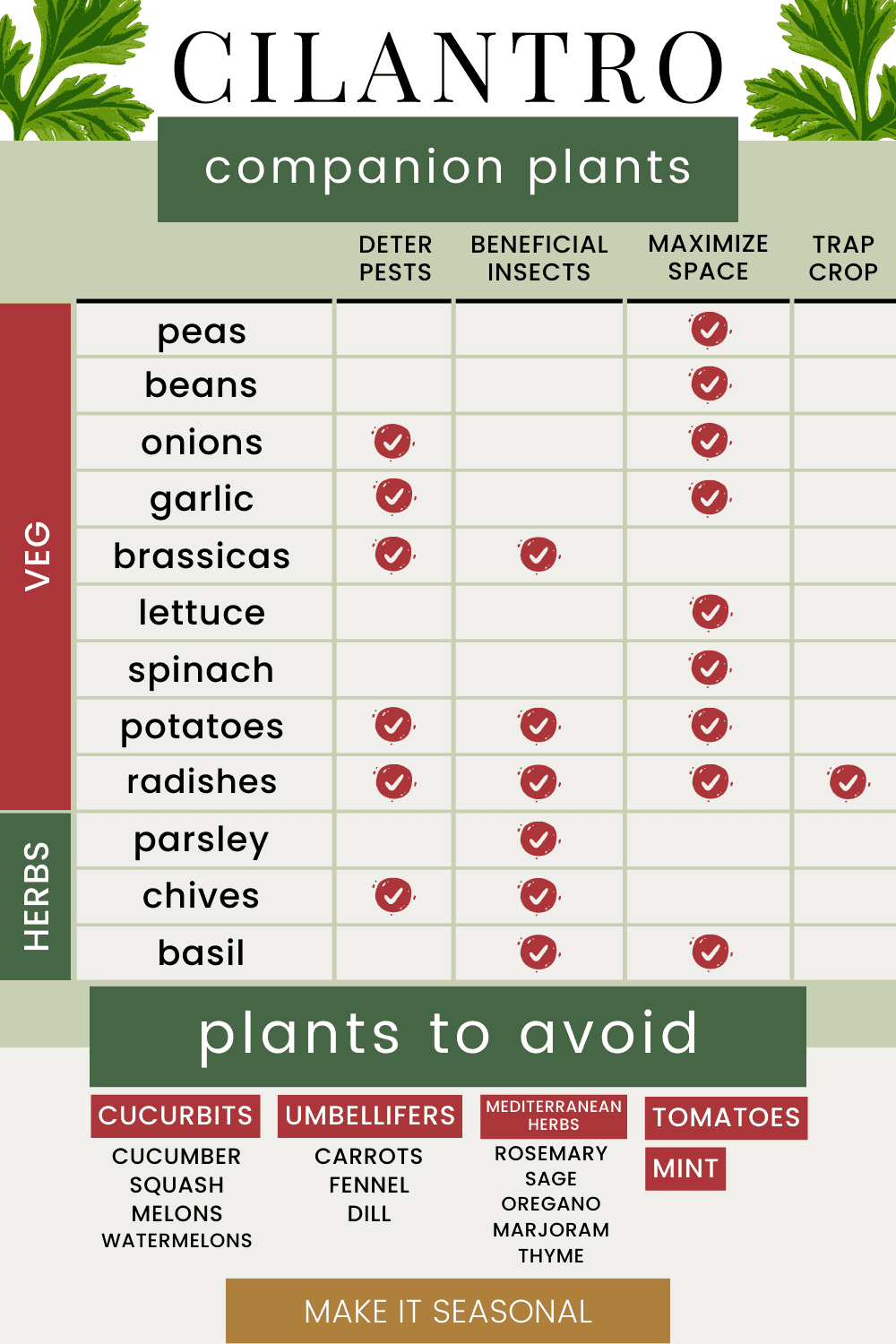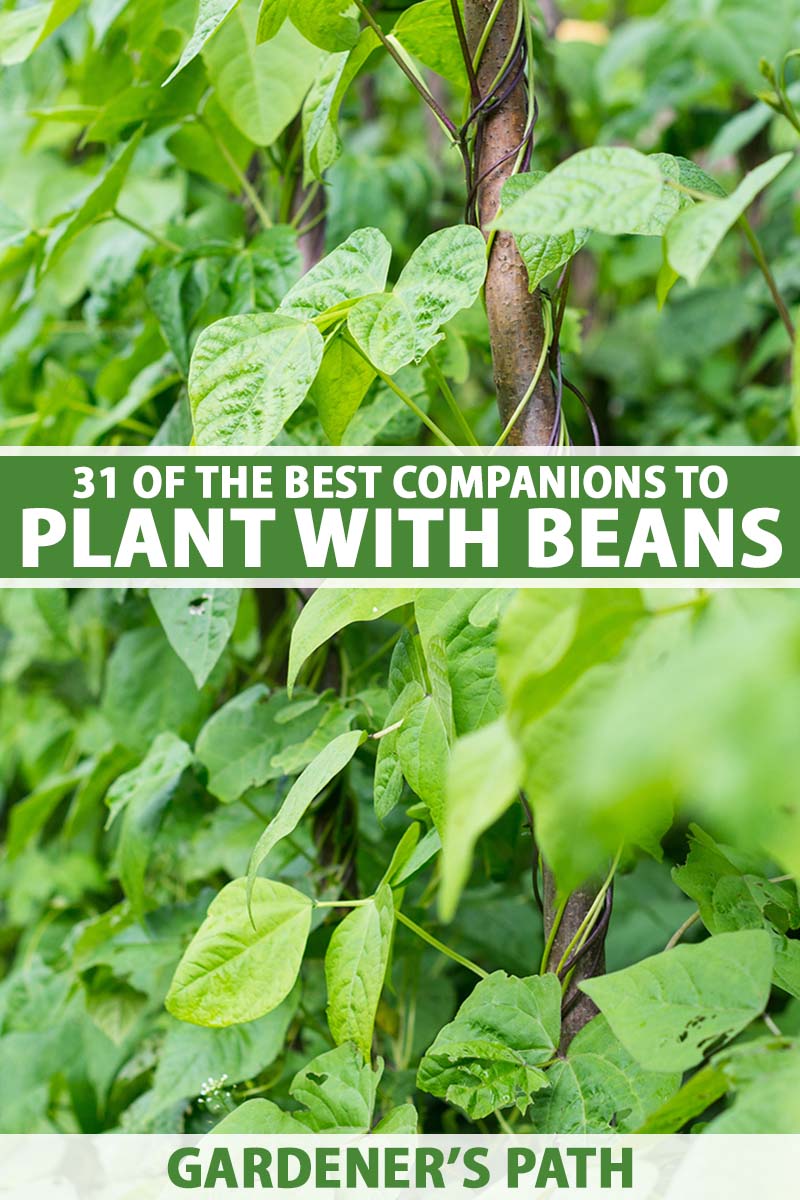The Ultimate Guide To Companion Planting For Beans
Beans are a delicious and nutritious vegetable that can be grown in a variety of climates. They are also relatively easy to care for, making them a great choice for beginner gardeners.
One way to improve your bean crop is to practice companion planting. Companion planting is the practice of planting certain plants together to benefit each other. There are a number of different companion plants that can be beneficial for beans, including:
- Corn: Corn is a great companion plant for beans because it provides them with shade and support. The corn stalks also help to deter pests, such as Mexican bean beetles.
- Peas: Peas and beans are both legumes, which means that they can fix nitrogen in the soil. This can help to improve the fertility of the soil and make it easier for other plants to grow.
- Carrots: Carrots and beans are both root vegetables, so they don't compete for space. Carrots also help to repel pests, such as carrot root fly.
- Cucumbers: Cucumbers and beans are both warm-season vegetables, so they can be planted together to help extend the growing season. Cucumbers also help to attract beneficial insects, such as ladybugs.
- Marigolds: Marigolds are a great companion plant for beans because they help to repel pests, such as Mexican bean beetles and aphids.
In addition to these specific plants, there are a few general principles to keep in mind when companion planting beans. For example, beans do not like to be planted near plants that are heavy feeders, such as tomatoes and peppers. They also do not like to be planted near alliums, such as garlic and onions.
By following these principles, you can create a healthy and productive bean crop.
Here are some additional tips for companion planting beans:
- Plant companion plants that have similar water and sunlight requirements.
- Plant companion plants that have different root systems. This will help to prevent competition for nutrients and water.
- Plant companion plants that have different heights. This will help to create a diverse and balanced garden.
- Experiment with different companion plants to see what works best in your garden.
Companion planting is a great way to improve the health and productivity of your bean crop. By following these tips, you can create a thriving garden that is full of delicious and nutritious beans.
Beans are a great source of protein and fiber, but they can be a bit boring on their own. That's why it's important to plant them with companion crops that will help to improve their growth and flavor.
There are many different companion crops that can be planted with beans, but some of the most popular include:
- Cucumbers: Cucumbers help to repel pests and attract pollinators, which can improve the yield of your bean crop.
- Carrots: Carrots help to improve the drainage of the soil, which can help to prevent root rot in beans.
- Lettuce: Lettuce helps to shade the soil, which can help to keep it cool and moist. This is especially important in hot climates.
- Peas: Peas help to fix nitrogen in the soil, which can provide nutrients for your bean crop.
If you're looking for more information about companion planting for beans, I recommend visiting Gardenia Inspiration. This website has a wealth of information on the topic, including a list of the best companion crops for beans, as well as tips on how to plant them together.
FAQ of companion for beans
Question 1: What are the best companion plants for beans?
Answer: Beans are a nitrogen-fixing crop, which means they can help to improve the soil quality for other plants. Some of the best companion plants for beans include:
- Carrots: Carrots help to repel pests that can damage beans, such as aphids and beetles.
- Cucumbers: Cucumbers and beans can help to shade each other, which can help to prevent both plants from getting too hot.
- Peas: Peas and beans can help to improve the nitrogen content of the soil, which can benefit both plants.
- Potatoes: Potatoes and beans can help to suppress weeds, which can free up your time and energy for other tasks.
- Strawberries: Strawberries and beans can help to attract beneficial insects, such as ladybugs, which can help to control pests.
Question 2: What are some plants that should not be planted near beans?
Answer: There are a few plants that should not be planted near beans, as they can compete for water and nutrients, or attract pests. These plants include:
- Chives: Chives can inhibit the growth of beans.
- Garlic: Garlic can inhibit the growth of beans.
- Leeks: Leeks can inhibit the growth of beans.
- Onions: Onions can inhibit the growth of beans.
- Beetroot: Beetroot can stunt the growth of pole beans.
Question 3: How do companion plants benefit beans?
Answer: Companion plants can benefit beans in a number of ways, including:
- Attracting beneficial insects: Some companion plants, such as marigolds and nasturtiums, attract beneficial insects that can help to control pests.
- Reducing the risk of disease: Some companion plants, such as garlic and chives, have antimicrobial properties that can help to reduce the risk of disease in beans.
- Improving soil quality: Some companion plants, such as peas and beans, are nitrogen-fixing crops, which means they can help to improve the nitrogen content of the soil.
- Shading and providing support: Some companion plants, such as corn and tomatoes, can provide shade and support for beans, which can help to improve their growth.
Question 4: How far apart should beans be planted?
Answer: The spacing between bean plants depends on the variety of bean and the method of cultivation. For bush beans, the recommended spacing is 12-18 inches apart. For pole beans, the recommended spacing is 2-3 feet apart.
Question 5: What are some tips for companion planting with beans?
Answer: Here are some tips for companion planting with beans:
- Do your research: Before you plant any companion plants, do some research to make sure that they are compatible with beans.
- Consider the size of the plants: When choosing companion plants, consider the size of the plants so that they do not compete for space.
- Plant in blocks: When planting companion plants, plant them in blocks instead of rows. This will help to create a more beneficial environment for both plants.
- Rotate your crops: Rotating your crops will help to prevent the build-up of pests and diseases.
Image of companion for beans
5 different images of "companion for beans" from Pinterest:
- Carrots: Carrots are a good companion for beans because they help to improve the flavor and texture of the beans. They also contain vitamins and minerals that can help to boost the nutritional value of the dish.

- Onions: Onions are another good companion for beans. They help to add flavor and depth to the dish, and they also contain sulfur compounds that can help to improve the digestibility of the beans.
- Cilantro: Cilantro is a flavorful herb that can be used to add freshness and zest to a dish of beans. It also contains antioxidants and other nutrients that can be beneficial for health.

- Tomatoes: Tomatoes are a good source of vitamins and minerals, and they can also help to improve the flavor of beans. They are a popular ingredient in many bean dishes, such as chili and black bean soup.
- Spices: Spices can add a lot of flavor to a dish of beans, and they can also help to boost the nutritional value of the dish. Some popular spices to use with beans include cumin, chili powder, and garlic powder.

Post a Comment for "The Ultimate Guide To Companion Planting For Beans"